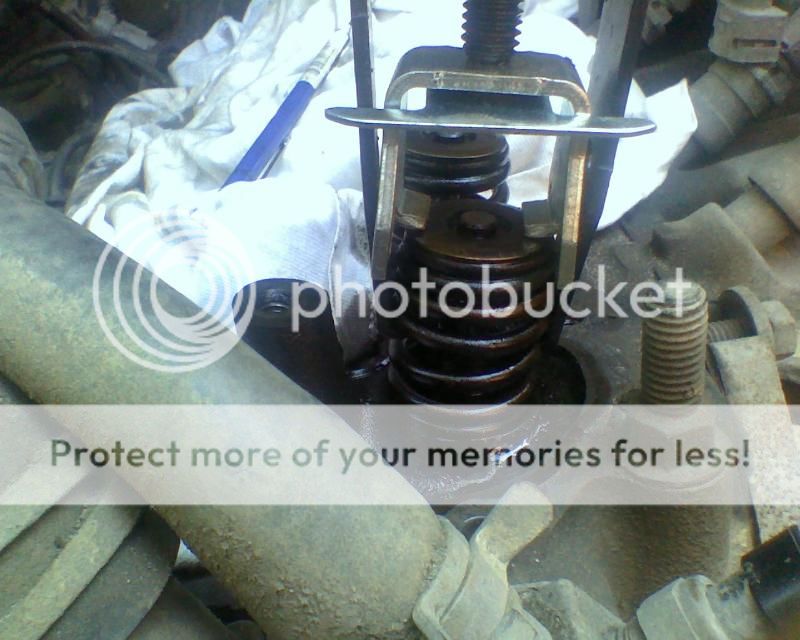OverlandZJ
NAXJA Member # 101
- Location
- Bristol,PA
Did an engine swap on a 96 XJ awhile back, bought an engine from a member here during a partout. He did tell me it uses a bit of oil..
I got the Jeep back for other work recently, and he mentioned he's had to add a quart of oil since, the engine has somewhere in the area of 12-1300 miles since swap. It's also reading a tad over half quart low now.
During the swap i found the oil pressure gauge was inop, sender and cluster swap did not remedy. I just installed an Autometer gauge, pressure is ~55 psi cold and 25 at operating temps.
While engine was still at operating temp i did a compression test. All plugs removed, throttle wide open and fuel relay removed. Results are:
1. 135
2. 145
3. 150
4. 150
5. 150
6. 145
I didnt see the need to add a touch of oil in each cyl and retest since they seem to be within spec albeit cyl one being a bit low, but i read thats relatively normal. The front valve cover hose to airbox is wet, as it was when i swapped the engine.
Where should i turn my attention now? Valve guide seals? This engine has no leaks.
I got the Jeep back for other work recently, and he mentioned he's had to add a quart of oil since, the engine has somewhere in the area of 12-1300 miles since swap. It's also reading a tad over half quart low now.
During the swap i found the oil pressure gauge was inop, sender and cluster swap did not remedy. I just installed an Autometer gauge, pressure is ~55 psi cold and 25 at operating temps.
While engine was still at operating temp i did a compression test. All plugs removed, throttle wide open and fuel relay removed. Results are:
1. 135
2. 145
3. 150
4. 150
5. 150
6. 145
I didnt see the need to add a touch of oil in each cyl and retest since they seem to be within spec albeit cyl one being a bit low, but i read thats relatively normal. The front valve cover hose to airbox is wet, as it was when i swapped the engine.
Where should i turn my attention now? Valve guide seals? This engine has no leaks.

